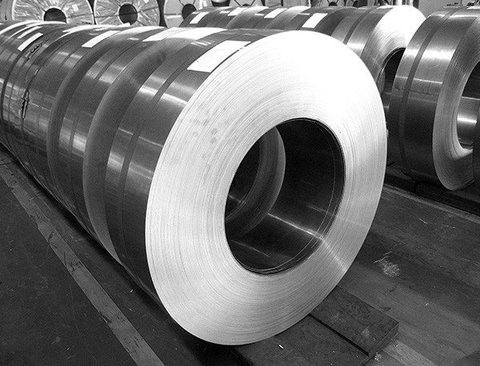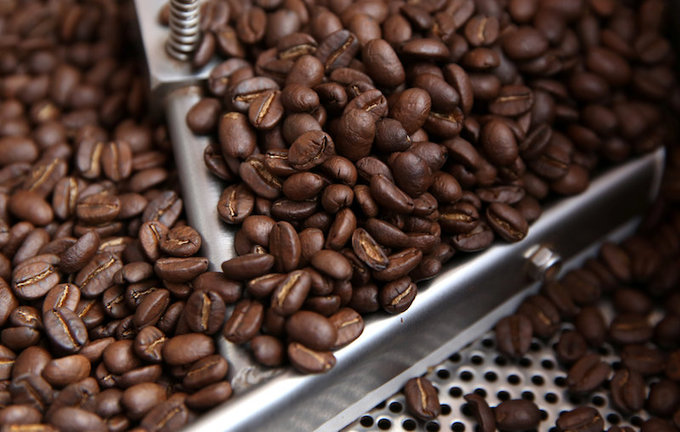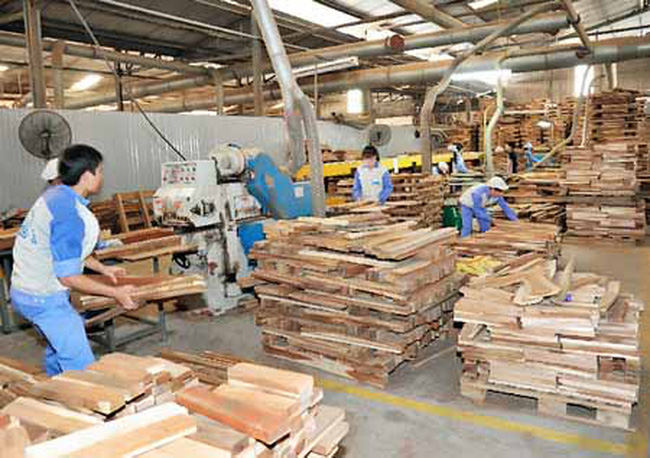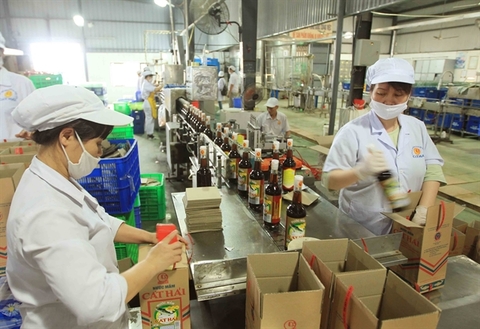Viet Nam Pepper Association not hopeful of global price recovery
Viet Nam Pepper Association not hopeful of global price recovery
With supply remaining higher than demand in the global market, pepper prices are unlikely to recover this year, according to the Viet Nam Pepper Association.
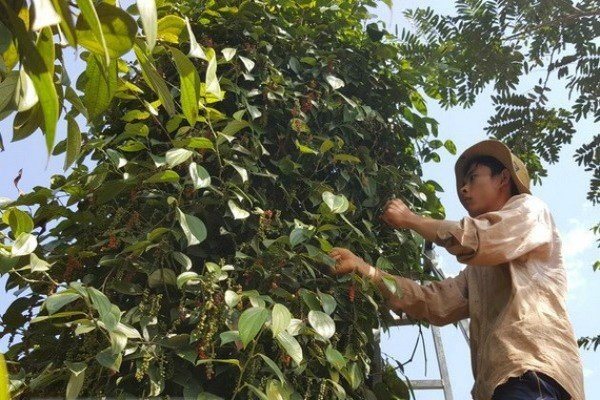
Speaking at a seminar on Viet Nam Pepper Crop 2018 – Orientation and Action Plan in 2019 held in HCM City on Friday (May 10), Nguyen Nam Hai, chairman of the association, said Viet Nam exported over 235,800 tonnes of the spice worth nearly US$775 million last year, a year-on-year increase of 9.7 per cent in volume but a fall of 30.8 per cent in value.
According to the International Pepper Community, global output topped 556,000 tonnes last year, up 7 per cent from 2017. Viet Nam remained the world’s biggest producer with 230,000 tonnes.
Global demand is estimated to increase by 2 per cent annually, while supply is growing by 8-10 per cent, according to the IPC.
With this imbalance, the fall in prices in recent years was inevitable, it said.
Hai said Viet Nam would continue to lead the world in production and export this year, with output expected to reach 250,000 tonnes and exports, 235,000 tonnes.
“In the global market, supply will remain higher than demand, and thus it will be hard for prices to increase in 2019.”
Do Ha Nam, general director of Intimex Group Joint Stock Company, said: “Although the pepper industry is facing many difficulties in terms of market, Viet Nam’s pepper exports still grew well.
“Besides, pepper prices on the farm are VND43,000-45,000 per kilogramme, and this is the price farmers accept.”
If the sector wants prices to increase, the pepper-growing area must decrease globally, he said.
“The important issue now is to reduce the cultivation areas in places that do not have suitable soil or weather for the spice and to focus on improving quality,” he said.
According to the association, Viet Nam’s pepper quality has improved significantly in the past few years, with more farmers complying with hygiene and safety standards to meet global criteria or switching to organic farming.
But more efforts are needed and should start at the farm level, it said.
“To further improve pepper quality, there is no other way than creating linkages between businesses and farmers.”
He said the Government should have stringent regulations to ensure the success of this linkage model.
The model is now prevalent only in 2-3 per cent of the pepper farming area, he said.
Nguyen Ngoc Luan, director of the Lam San Farmers Cooperative, said the association and other relevant agencies should provide farmers with more market information to help them make better production plans.
Delegates said growers must always avoid the abuse of pesticides and chemical fertilisers.
At a time when supply is higher than demand, firms should apply modern processing technologies to make high-value products and diversify their products to meet customers’ demands, they said.
Hai suggested that Vietnamese exporters be more actively studying free trade agreements the country has signed to take advantage of their benefits to boost exports.
The spice is among the country’s key agricultural exports, with shipments going to more than 100 countries and territories, he said, adding Asia is the largest market, accounting for more than half, followed by the Americas, the EU and Africa.



